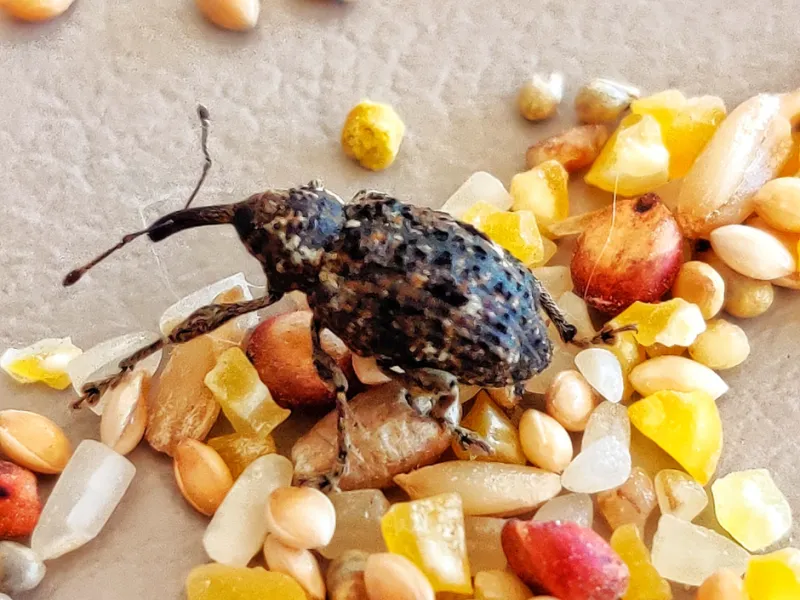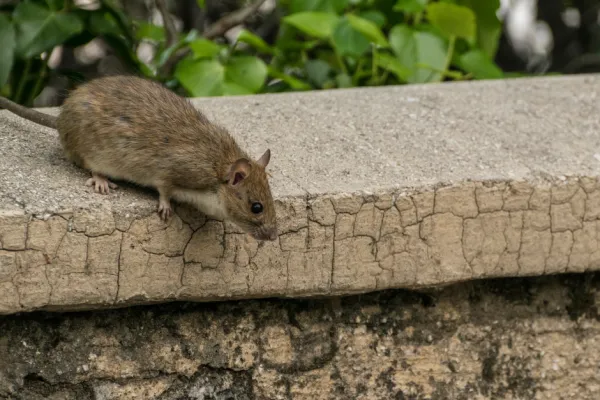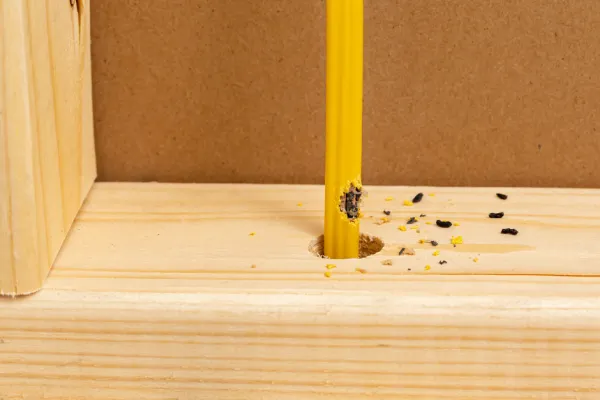What Are Pantry Pests

What Are Pantry Pests and How to Keep Them Out of Your Home
Pantry pests are a common nuisance for homeowners, invading stored food and making it unsuitable for consumption. These pests include a variety of insects, such as moths, beetles, and weevils, that infest pantry staples like grains, cereals, spices, and dried fruits. This article will discuss what pantry pests are, how they enter your home, and practical tips to prevent them from wreaking havoc in your kitchen.
What Are Pantry Pests?
Pantry pests refer to small insects that infest food stored in your pantry or cupboards. The most common types of pantry pests include:
Indian Meal Moths: Known for their small, grayish-brown wings, these moths often leave silky webs in infested food.
Grain Beetles: These include species like the saw-toothed grain beetle, which are small, flat, and brown, and often found in cereal and flour.
Weevils: Small beetles that burrow into grains and seeds, making them hard to spot until an infestation occurs.
Flour Beetles: Red or dark brown beetles that infest flour, cereals, and other dried goods.
These pests often reproduce quickly, turning a minor issue into a significant infestation if not addressed promptly.
How Do Pantry Pests Get Into Your Home?
Pantry pests can enter your home in several ways:
Through Contaminated Food: Most pantry pests are brought into your home through infested food products purchased from stores. Eggs or larvae may already be present in the packaging.
Cracks and Gaps: Small openings around windows, doors, and pantry shelves can serve as entry points for these pests.
Improper Food Storage: Open or loosely sealed food containers attract pests.
Hidden Infestations: Old or rarely used food items in your pantry may already harbor pests, which can spread to newer products.
Tips to Prevent Pantry Pests
To safeguard your pantry and keep pests at bay, follow these practical prevention tips:
1. Inspect Food Before Purchase
Examine Packaging: Look for signs of damage, holes, or tears in food packaging before purchasing.
Check for Webbing or Larvae: Avoid buying products with visible signs of infestation.
2. Store Food Properly
Use Airtight Containers: To prevent access, transfer food into glass, plastic, or metal containers with tight-fitting lids.
Keep Food Dry: Moisture attracts pests, so ensure food storage areas remain dry.
3. Regularly Clean Your Pantry
Remove Spills: Clean up spills immediately to avoid attracting pests.
Vacuum Shelves: Regularly vacuum pantry shelves and corners to remove crumbs and pest eggs.
Wipe Down Surfaces: Use a mild soap or vinegar solution to clean pantry surfaces.
4. Practice First-In, First-Out (FIFO)
Rotate Stock: Use older items before newer ones to reduce the chances of hidden infestations.
Check Expiration Dates: Discard expired products promptly.
5. Inspect Your Pantry Regularly
Look for Signs: Check for webs, holes, or live insects in food containers and corners.
Seal Cracks and Gaps: Use caulk or weather stripping to block entry points.
6. Use Natural Deterrents
Bay Leaves: Place bay leaves inside pantry containers as a natural pest repellent.
Essential Oils: Peppermint, eucalyptus, and lavender oils can deter pests when used as sprays.
What to Do If You Have an Infestation
If you suspect a pantry pest infestation, take these steps immediately:
Dispose of Infested Food: Seal contaminated items in a plastic bag and discard them.
Deep Clean Your Pantry: Remove all items, vacuum, and wipe down surfaces.
Use Pest Control Products: Consider pheromone traps or non-toxic pest sprays designed specifically for pantry pests.
Call PestNow: If the infestation persists, contact your local pest control expert for assistance.
Pantry pests may be small, but they can cause significant frustration and food waste if left unchecked. By understanding what these pests are, how they get into your home, and implementing preventative measures, you can protect your pantry and keep your food safe. Regular inspections and proper food storage are your best defenses against these unwelcome invaders.


